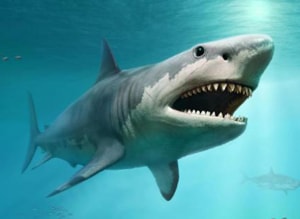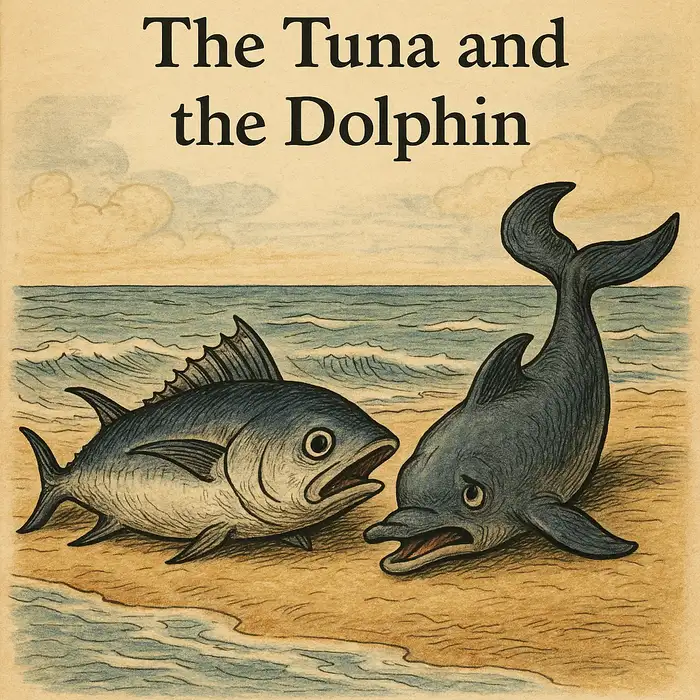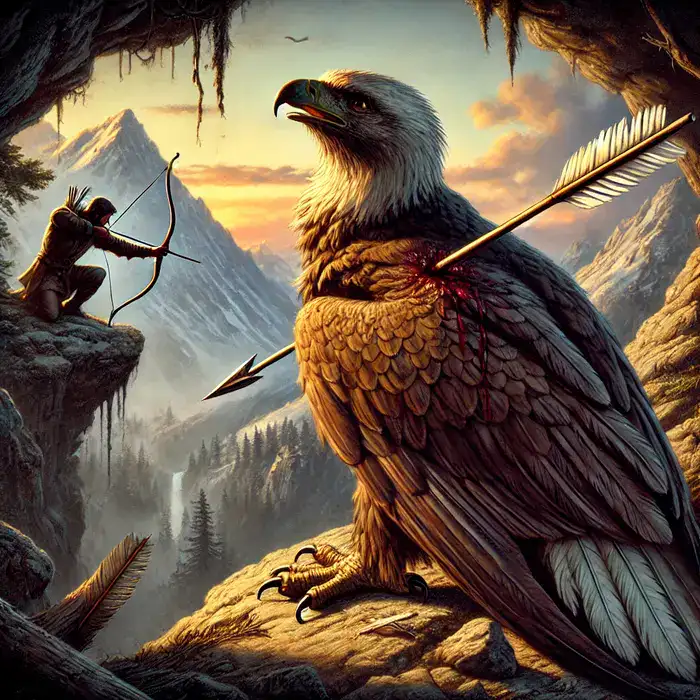Practice Reading & Listening on Sharks Practice Reading & Listening on Sharks for IELTS & TOEFL with illustrated flashcards, a podcast from National Geographic YouTube Channel and text-to-speech transcribed by Mahsa Mohammadi https://www.youtube.com/watch?v=4HGNqFdaD34&t=3s They glide through the water with unmistakable grace. Remnants of an ancient past, they dive and they rise, from ocean’s murky depths to its sun-kissed shallows, rousing fear and awe like no other creature in the sea. Sharks, the largest fish The world’s biggest living fish is a shark. Of the estimated 34,000 species of fish, the largest are whale sharks. These gentle giants usually grow to ...
Home » English Documentaries with Transcript » Practice Reading & Listening on Sharks for IELTS

Practice Reading & Listening on Sharks for IELTS
Updated: by Mahsa Mohammadi
Time to Read: 5 minutes | 410 Views | 12 Comments on Practice Reading & Listening on Sharks for IELTS



I found this documentary very informative. It fascinates me how a large creature has only cartilage without a single bone and how a huge number of teeth can grow at once. As time has passed and as I have known more, I have become more deeply contemplating how all these creatures and more than that the universe created. It is beyond my imagination.
Yes, our universe is full of mysteries waiting to be discovered and unraveled. Sharks have a keen sense of smell and sight and they have a thirst for blood. These qualities have made them unique predators.
Hello d.c what does plometed mean?
That is plummeted, and it means dropped or decrease, which refers to the population of sharks.
When I was a child I didn’t have any interests in aquatic animals and plants. But as I grew older and I learned more about them, now I find them fascinating.
I agree with you on marine animals being truly fascinating.
—
Feedback:
… as I grew older, I became more and more interested in them / little by little, I found them more fascinating. The point is that the second part of your sentence must also be in simple past tense because of “as I grew older”.
Is there a difference between marine and aquatic animals?
Good question!
Aquatic animals live in both salt and fresh water. However, marine animals live only in saltwater like seas and oceans. So, in this context, I think it’s better to use marine animals as sharks mainly live in saltwater.
Hello Dr.Hariri. I have a question. What does at any one point here mean ( 300 teeth at any one point) ?
Hi Armaghan,
Thank you for reaching out to us via commenting.
In this context, it means that sharks’ teeth in their jaws are so dense and numerous that you can technically find up to 300 teeth in a very small place or spot in their mouths or jaws, let alone their whole jaws!
They glide through the water with unmistakable grace. Remnants of an ancient past, they dive and they rise, from ocean’s murky depths to its sun-kissed shallows, rousing fear and awe like no other creature in the sea.
The world’s biggest living fish is a shark. Of the estimated 34,000 species of fish, the largest are whale sharks. These gentle giants usually grow to about 40 feet long and weigh an estimated 15 tons. Their mouths alone can span four feet wide.
The gigantic whale shark, however, pales in comparison to the largest fish that ever existed, the megalodon. Dating to over 20 million years ago, it’s thought that the prehistoric shark could have reached 80 feet long, weighing up to around 70 tons. Unlike whale sharks, the megalodon was carnivorous and consumed any creature that fit into its nearly ten-foot-wide mouth.
Throughout their lives, some species of shark can shed over 30,000 teeth. Unlike humans who are born with a set number of teeth in their jaws, sharks have a seemingly limitless supply; they can grow, lose, and replace their teeth as needed. Furthermore, most sharks have multiple rows of teeth in their jaws. The jaws of a great white shark, the largest predatory fish in the sea, can contain up to seven rows that hold up to 300 hundred teeth at any one point. Most sharks as they hunt their prey end up losing their teeth individually. However, the cookiecutter shark loses and replaces teeth in its lower jaw all at once.
Sharks are built for speed. The fastest known shark, the mako shark, can reach speeds of up to 46 miles per hour. The speed is largely due to their bodies’ hydrodynamic design. Many sharks have torpedo-shaped heads that allow them to cut through the water with little resistance. Plus, shark skin is covered with flat, v-shaped scales, called dermal denticles. The denticles help water flow smoothly over the skin, which reduces friction and helps shark swim quickly and quietly. Sharks also have skeletons made of cartilage instead of bone. Cartilage is a much lighter material than bone, so sharks have less weight to carry.
Sharks may lay eggs or bear live young. Egg-laying sharks only lay a few large eggs. They may come in various forms, such as sacks called mermaid purses or corkscrews. These eggs act as external wombs in which shark embryos complete their development.
However, most sharks give birth to live young. Called pups, the young of most live-bearing species gestate for around one year. Some even begin practicing their predation skills while in the womb. Before they are born, the sand tiger shark pups compete with their siblings; in fact, the strongest pup in each of the two wombs devours its weaker brothers and sisters.
Some sharks are at risk of extinction. Every year, an estimated 100 hundred million sharks are killed worldwide, in large part for the shark fin trade. The sharks are caught, and their dorsal fins are removed and sold at a hefty price, primarily in Asia.
In traditional Chinese culture, serving and eating shark fin is a sign of status and wealth. Because of the high demand and value of shark fins, some shark populations have plummeted by up to 70%, causing a ripple effect in ecosystems and endangering at least 74 shark species. However, measures are being taken to protect sharks, with a number of countries and jurisdictions cracking down on unsustainable shark fishing. In China, shark fin soup is no longer allowed to be served at government banquets, a move hailed by shark conservationists.
Through continued international conservation efforts, the loss of sharks may be curbed, allowing the creatures in all their power and grace to survive for many generations to come.
Thank you for your excellent transcription!